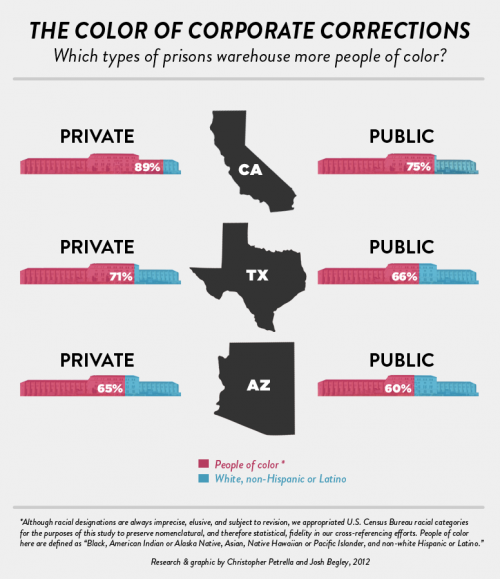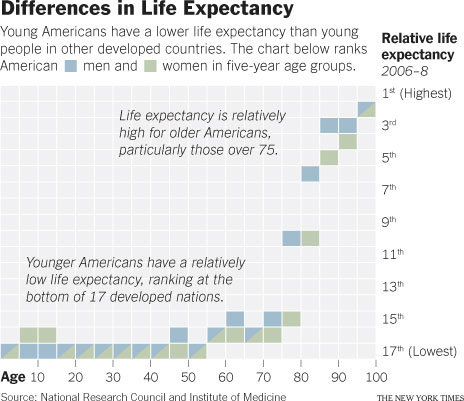Re-posted to add to the discussion about sexual assault in the aftermath of the Steubenville rape trial, the Senate hearing on rape and harassment in the military, and the controversy at Occidental College. Cross-posted in Portuguese at Conhecimento Prudente.
Rape reporting, prosecution, and conviction rates across the country are appallingly low, but it’s easier to get away with sexual assault in some places compared to others. Pennsylvania is one of those places. In Pennsylvania, expert testimony isn’t allowed in the courtroom. Instead, jurors frequently rely on abundant, harmful rape myths.
We shouldn’t be that surprised, then, that earlier this week the Pennsylvania Liquor Control Board (PLCB) aired an ad plainly promoting the idea that women are to blame for being raped.
The ad shows a young woman sprawled on what appears to be a bathroom floor, underwear down at her ankles, with the caption, “She didn’t want to do it, but she couldn’t say no.” The victim blaming here couldn’t be any clearer, right down to the illogical language suggesting that the victim both had agency (she is to blame) and lacked agency (because she couldn’t say “no”).
Crafted by the Neiman Group, this ad was part of a larger $600,00 campaign — two years in the making — to raise awareness of the ill effects of drinking. Several different themes were proposed, but this was the “winner.” Another ad in the same campaign holds a rape victim’s friend responsible for her rape.
The PLCB pulled the ad campaign in response to hundreds of messages from concerned citizens, some of whom claimed they were traumatized by the image/message. However, a statement from the PLCB shows that those in charge still don’t comprehend the problem:
“We feel very strong, and still do, that when we entered the initial discussion about doing a campaign like this it was important to bring the most difficult conversations about over-consumption of alcohol to the forefront and all of the dangers associated with it—date rape being one of these things.”
The PLCB is right that alcohol and “date” rape (a term that trivializes rape) go hand in hand, but not because women are responsible for the criminal actions of the approximate 6% of men who perpetrate this crime. Instead, perpetrators exploit cultural narratives — like the idea that intoxication = miscommunication and that “date rape” isn’t “real” rape — to repeatedly commit this crime. In a recent study of college students, 4% of men were found to be serial rapists; they committed an average of 5.8 rapes each.
In short, sexual assault is committed by (often serial) perpetrators. Yet ad campaigns like this will continue to ensure that sexual assault will continue to be the only crime in which society treats the victim like a perpetrator.
Caroline Heldman is a professor of politics at Occidental College. You can follow her at her blog and on Twitter and Facebook.








